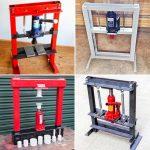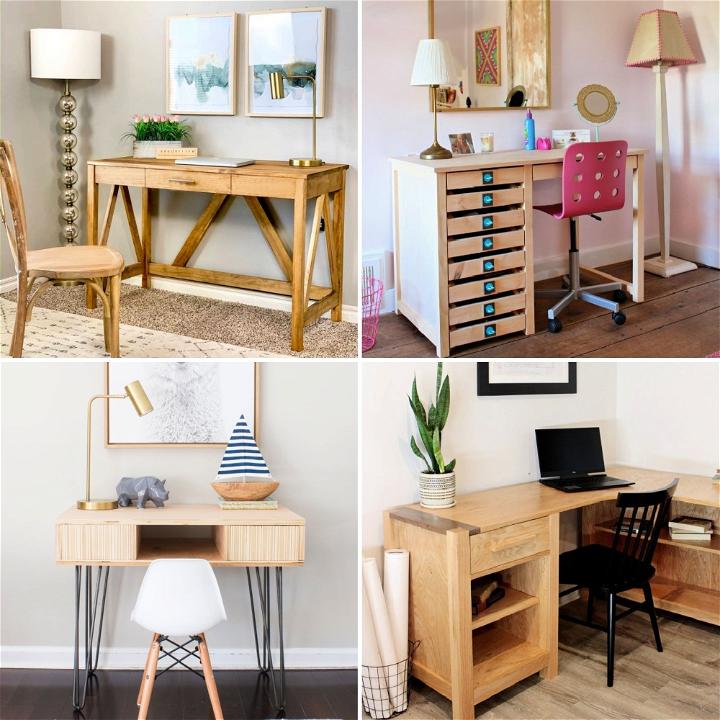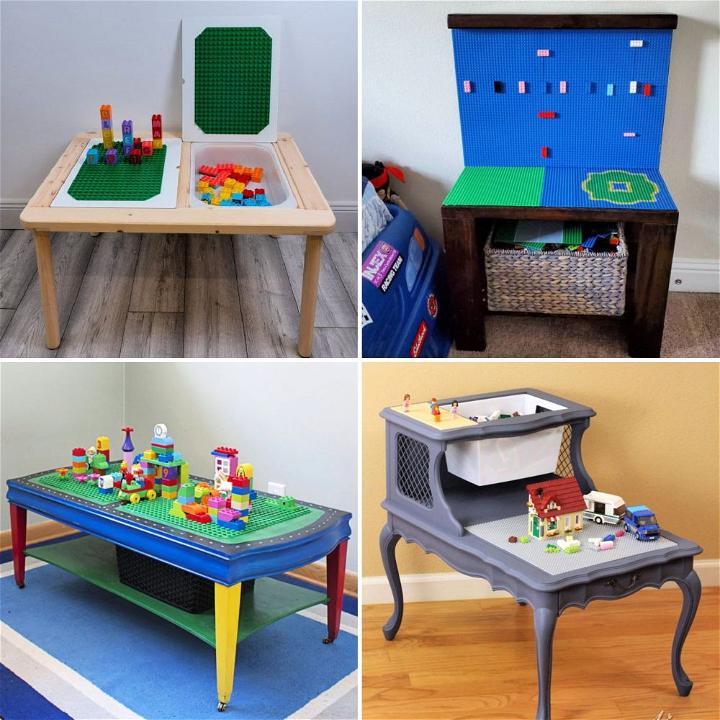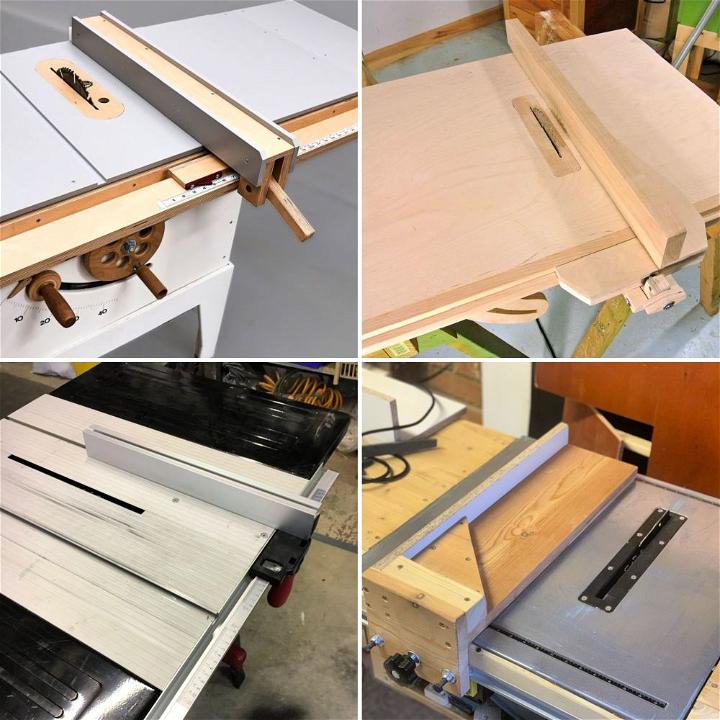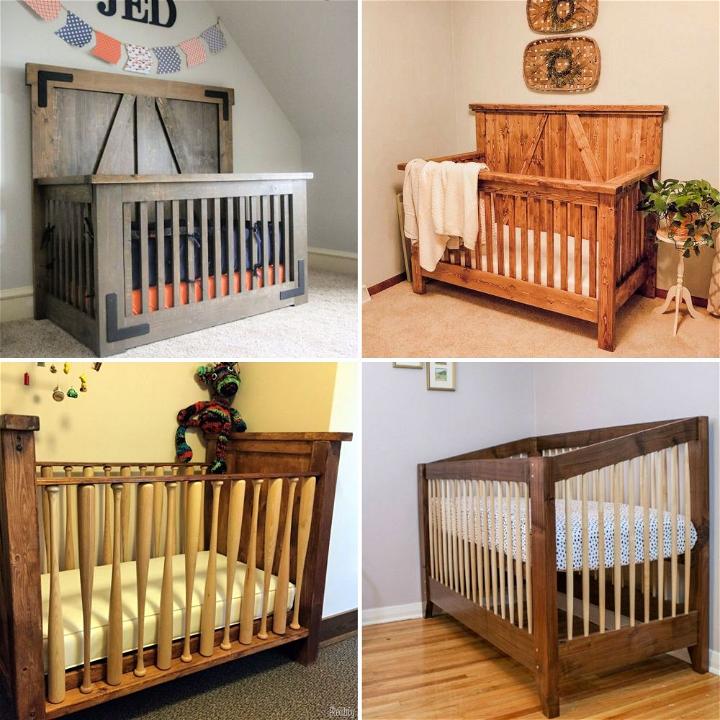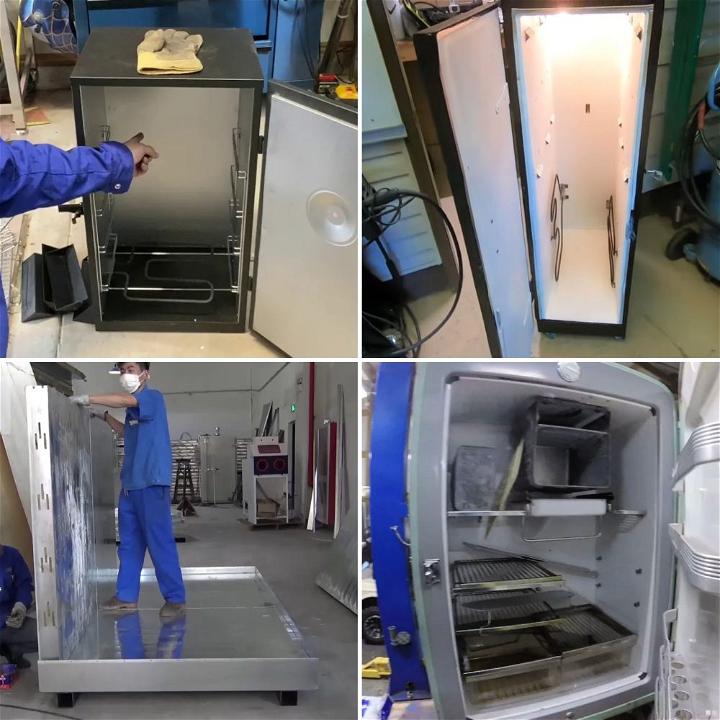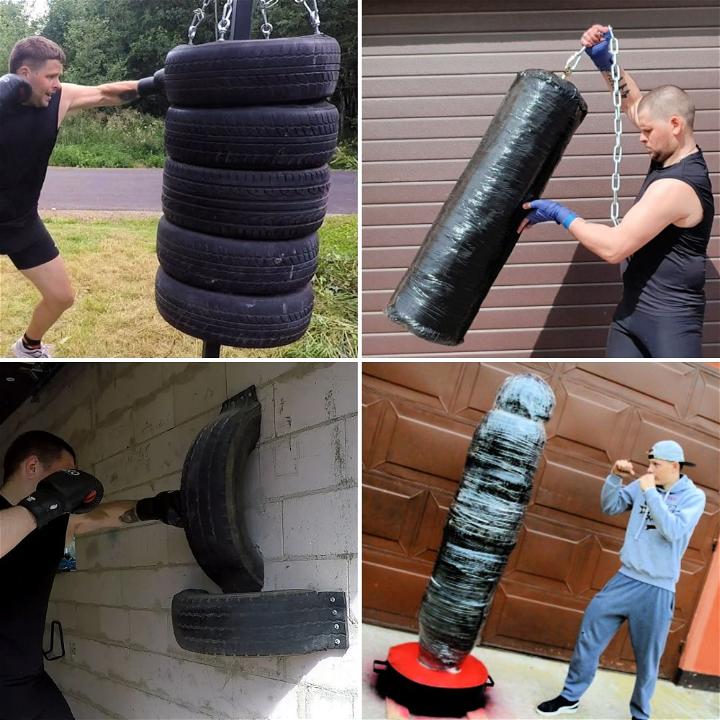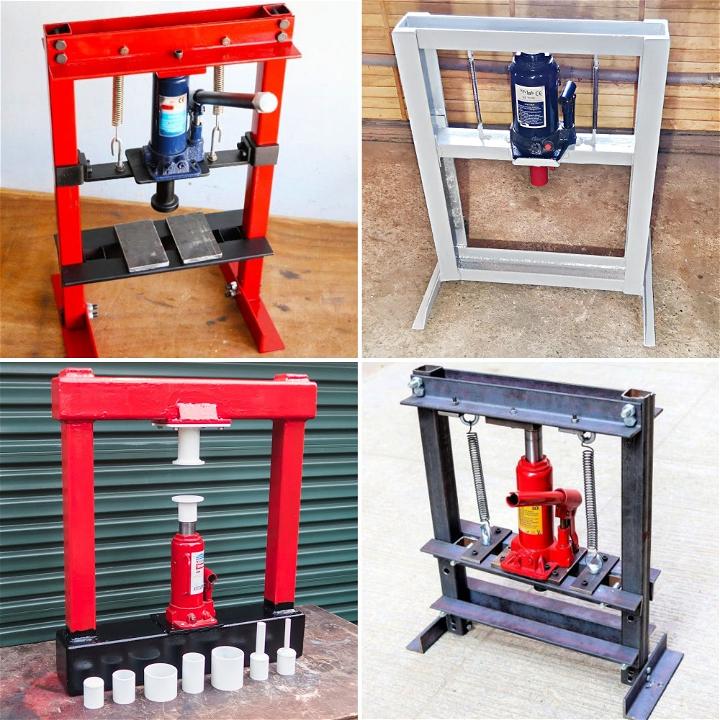Do you have a pesky mouse problem but don't want to resort to harmful poisons or expensive traps? Then this high-dive paper plate homemade DIY mouse trap might just be the solution you're seeking. It's an affordable, effective, and humane way to catch mice, using materials you likely have lying around your home. Here's a step-by-step guide on building this clever mouse trap, inspired by mousetrap monday's detailed tutorial.
Materials Needed:
- A 5-gallon bucket
- A piece of wire (a coat hanger works great)
- A paper plate
- Peanut butter (or any other mouse bait)
- Optional: string for trap improvement
Step by Step Instructions
Learn how to build an effective homemade DIY mouse trap with our easy step-by-step guide, including materials needed and a helpful video tutorial.
Step 1: Prepare the Bucket
Take your 5-gallon bucket and place it in the area where you've noticed mouse activity. The bucket will act as the container that catches the mice.
Step 2: Configure the Wire
Take your piece of wire and bend it so that it can span the top of the bucket. The ends of the wire should hook onto the edges of the bucket, allowing the wire to stay in place across the bucket's mouth securely.
Step 3: Attach the Paper Plate
Pierce two small holes in the center of the paper plate. Thread the wire through these holes, and position the plate in the middle of the wire. The goal is for the plate to act like a diving board, tipping under the mouse's weight when it attempts to eat the bait.
Step 4: Improving the Trap (Optional)
For a more effective trap, follow these adjustments:
- Flip the plate upside down to hide the wire. This prevents the mouse from using the wire or its edges to avoid falling.
- Attach a piece of string to the side of the plate and secure the other end to the wire. This ensures the plate returns to its original position, ready to catch another mouse.
Step 5: Add the Bait
Place a small amount of peanut butter (or your chosen bait) on the edge of the paper plate. This will lure the mouse onto the plate, triggering the trap.
Step 6: Set up and Wait
With your trap set, all you need to do now is wait. Check the trap regularly to see if you've caught any mice. If you're using the trap indoors or in a place where pets and children might access it, ensure it is safely out of their reach.
Step 7: Handle with Care
Upon catching a mouse, handle it with care. If you've caught a non-native species, consider humane dispatch methods. For native species like the deer mouse, release them far away from human habitats to prevent reentry.
Video Tutorial
For a step-by-step video tutorial, watch "The High Dive Paper Plate DIY Mouse Trap. Mousetrap Monday" on YouTube.
It pairs well with this written guide, offering a practical demonstration of each step to ensure you have a clear and concise understanding of how to set up this effective mouse trap.
Alternative Solutions for Dealing with Mice
Explore humane ways to deal with mice, including natural repellents, sealing entry points, humane traps, maintaining cleanliness, and seeking professional help.
Natural Repellents
Mice dislike certain smells like peppermint, clove oil, and vinegar. Using these scents around your home can deter mice.
Sealing Entry Points
Mice can enter through small gaps. Inspect your home and seal any openings to prevent mice from entering.
Humane Traps
Consider using traps that catch mice without harming them, allowing for release far from your home.
Keeping a Clean Home
Mice are attracted to food scraps and clutter. Regular cleaning can reduce the chances of a mouse infestation.
Professional Help
If the problem persists, it might be time to call a pest control professional for assistance.
FAQs About Homemade Mouse Traps
Discover answers to common questions about homemade mouse traps. Learn how to effectively catch mice with DIY solutions.
What materials do I need for a homemade mouse trap?
You'll need common household items such as a cardboard roll, plastic bottle, or a bucket. The exact materials depend on the type of trap you're making.
How do I set up a homemade mouse trap?
The setup varies, but generally, you'll bait the trap with food, place it in an area frequented by mice, and wait for it to catch the mouse. For detailed instructions, refer to a reliable guide.
Is it safe to use homemade mouse traps around children and pets?
Yes, most homemade traps are safe as they don't use harmful chemicals. However, always ensure that the traps are out of reach of children and pets to avoid accidents.
How can I increase the effectiveness of my mouse trap?
Ensure the bait is attractive to mice and check the traps regularly. If a trap isn't working, try changing the location or bait.
Can homemade mouse traps be reused?
Yes, they can be cleaned and rebaited for multiple uses, making them a cost-effective solution.
25 Homemade DIY Mouse Trap Ideas
Discover 25 homemade DIY mouse trap ideas to help you effectively and humanely deal with rodent problems at home.
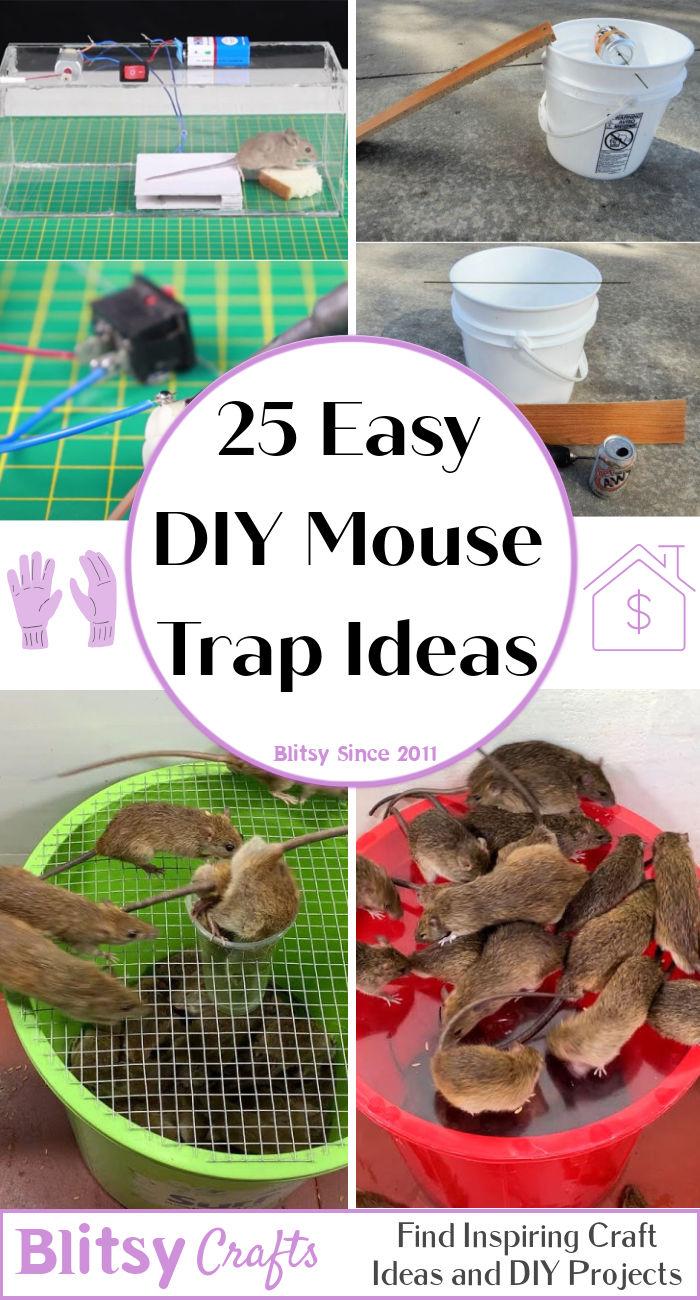
1. DIY Simple Soda Bottle Mousetrap
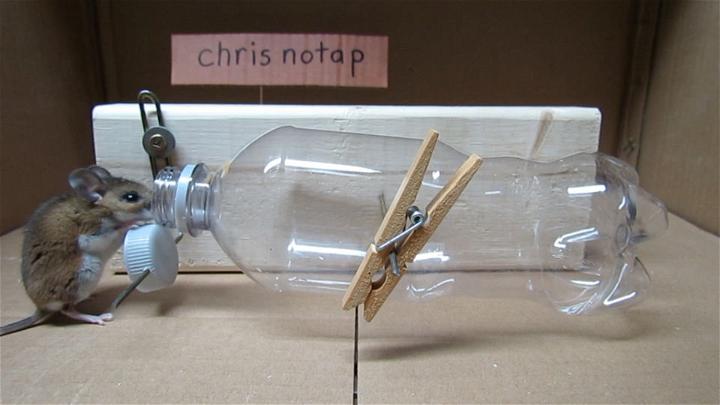
Turn an ordinary soda bottle into an efficient mousetrap with just a few adjustments. This method is not only simple but also eco-friendly, offering a great way to reuse plastic bottles. Perfect for those looking for an effective, cost-saving solution.
2. Homemade Mouse Trap Using Bucket
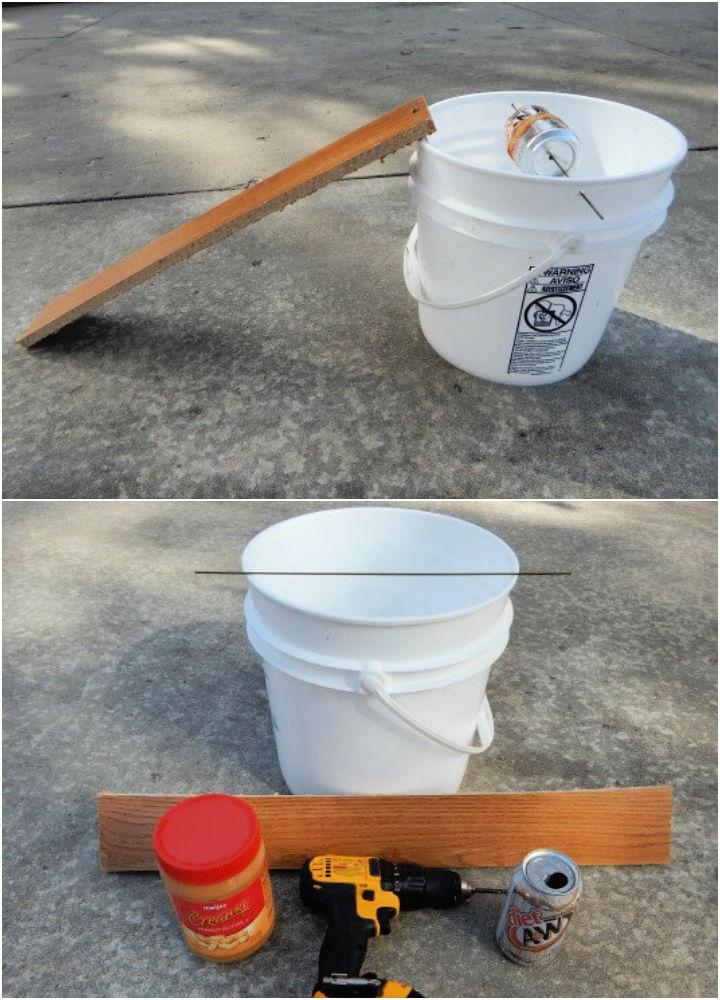
Utilizing a bucket, you can make a reliable mouse trap. This approach is accessible and requires minimal supplies. It's an excellent alternative for individuals seeking a straightforward and humane way to manage mouse intrusions.
3. Make Your Own Humane Mouse Trap
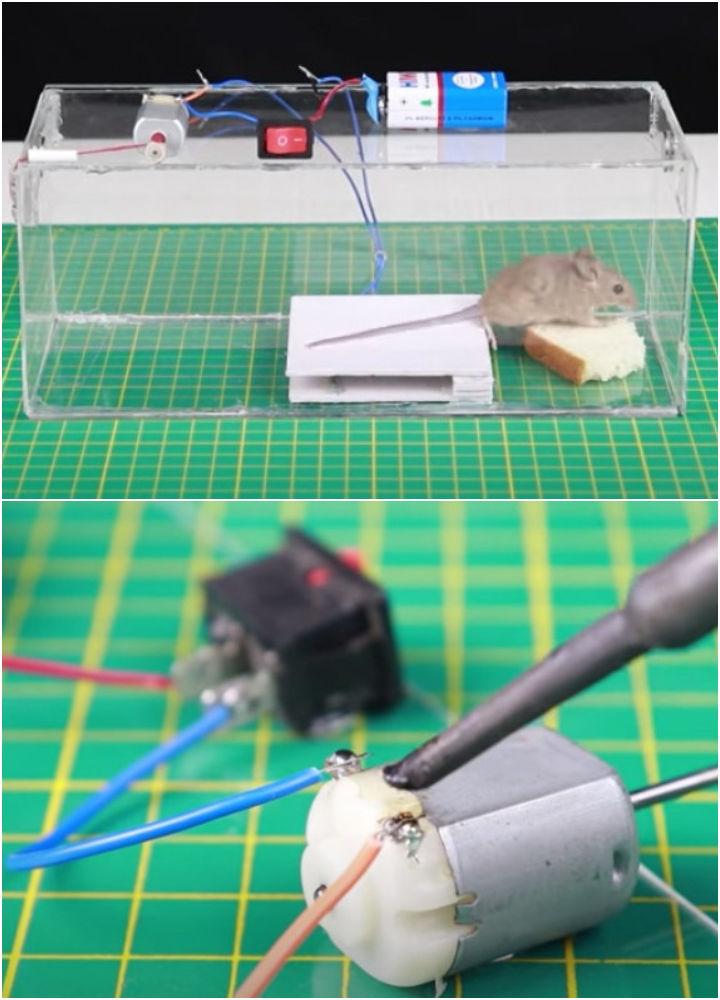
With ingenuity, you can devise a humane mouse trap that safely captures without harming. This homemade solution emphasizes kindness and allows for the safe release of mice. Ideal for those who prefer a gentle approach to pest control.
4. Easy Mouse Trap Using a Plastic Bottle
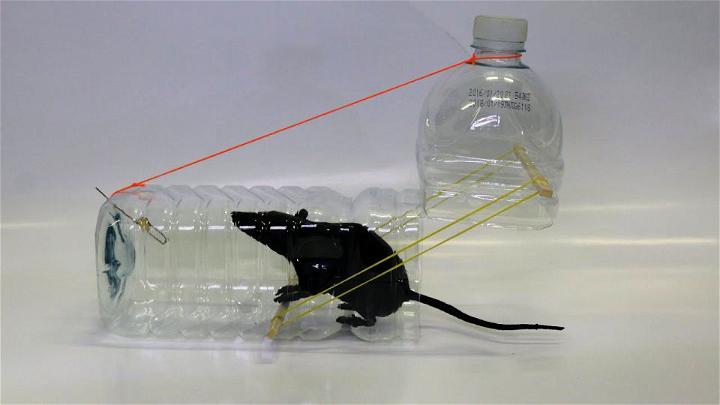
By creatively modifying a plastic bottle, you can fabricate an easy-to-set mouse trap. This design is perfect for quick assembly and effectiveness, aligning with eco-conscious values by recycling household materials.
5. Best Homemade Mouse Trap

Explore the effectiveness of homemade mouse traps, which combine simplicity with superb functionality. These designs often surpass commercial options, offering customized solutions to fit your specific needs and space.
6. DIY Bucket Mouse Trap
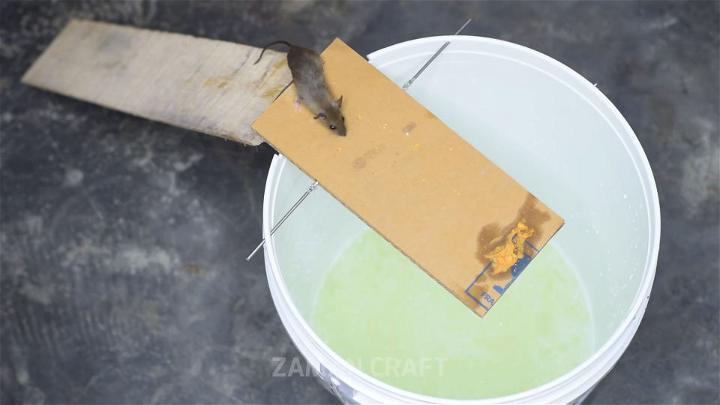
A bucket, when ingeniously used, becomes a formidable tool against mice. This DIY method is praised for its simplicity and high success rate, making it a favored choice for those tackling mouse problems head-on.
7. How to Make a Mouse Trap
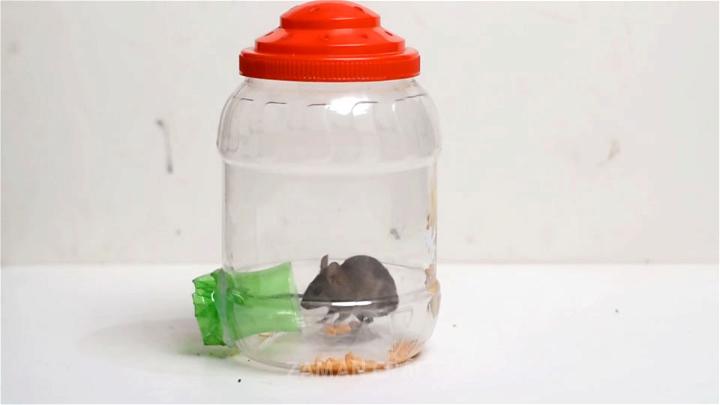
Making your mouse trap can be both rewarding and effective. With a bit of creativity, everyday items become powerful tools in your pest control arsenal, tailored to your home's unique needs.
8. Water Bucket Mouse Trap
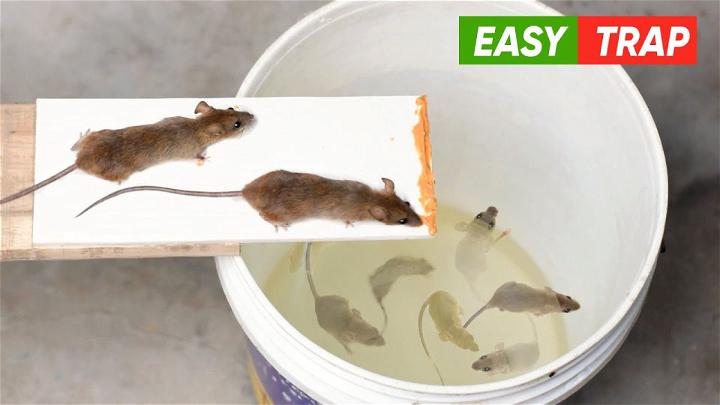
Using a water bucket, you can design a trap that's both humane and efficient. This approach gently captures mice, allowing for a humane release, embodying an ethical solution to common household pests. youtube
9. Mouse Trap With Plastic Buckets
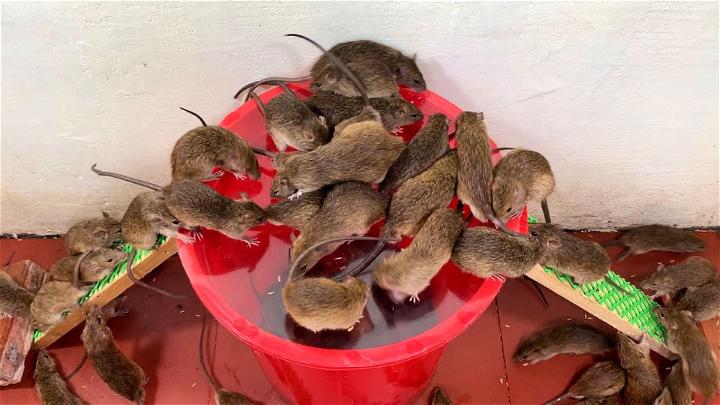
Plastic buckets are not just containers; they're the basis for making ingenious mouse traps. This method shines in its adaptability and effectiveness, providing a pragmatic and economical solution to mouse infestations.
10. Cheap Mouse Traps Using Bucket and Cardboard
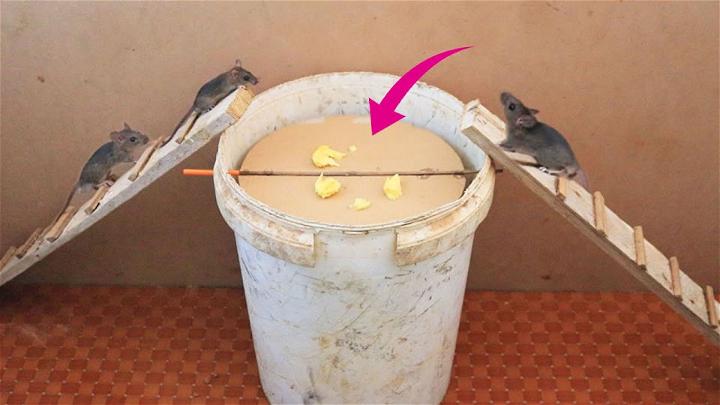
By combining buckets with pieces of cardboard, you can craft an economical and efficient mouse trap. This approach maximizes resources and offers a creative solution to pest control challenges, perfect for those on a tight budget.
11. How to Make PVC Humane Rat Traps
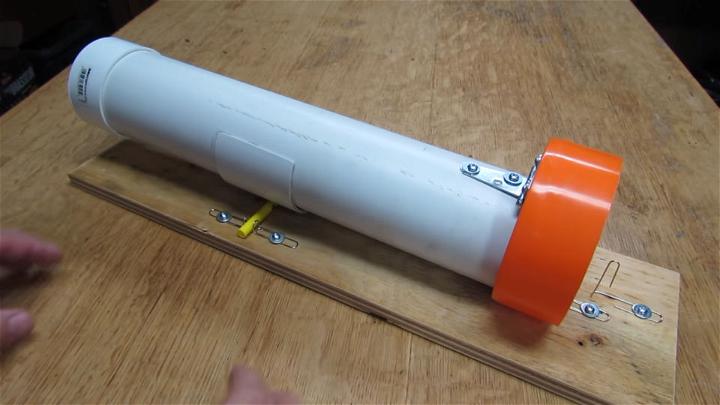
PVC pipe rat traps are a clever choice for those seeking a humane way to deal with a rodent issue. Easy to make, these traps capture rats without harm, allowing for a release away from your home.
12. How to Build a Mouse Trap
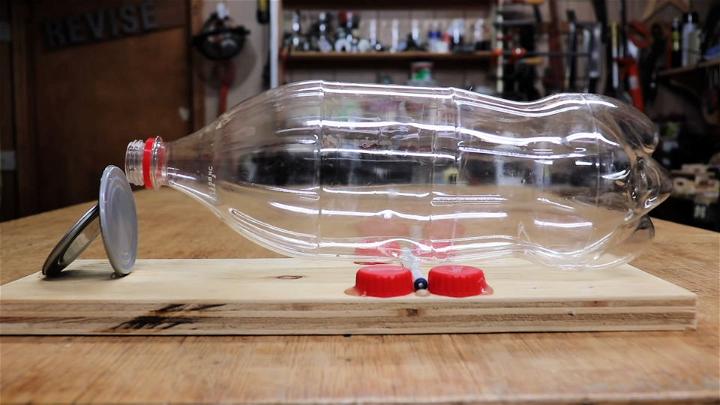
Making your own mouse trap can be a simple, effective solution. With basic materials, you can design a trap that safely catches those little intruders, offering a satisfying, DIY pest control method.
13. Easy DIY Mice Trap
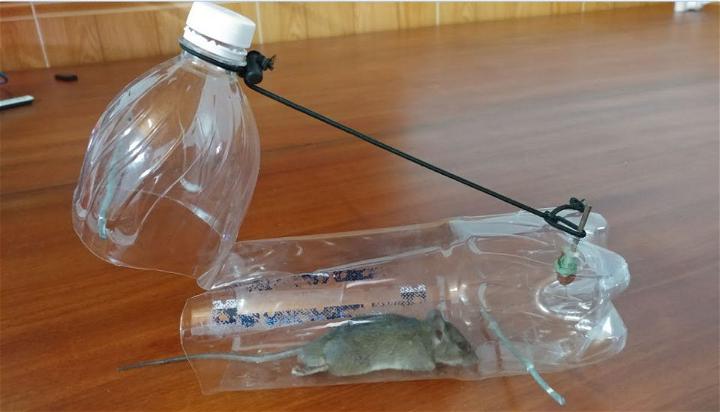
An easy, homemade mice trap can bring relief to your rodent troubles with minimal fuss. By utilizing household items, you can construct an efficient trap that's both cost-effective and kind to the critters.
14. No Kill Mouse Trap Using Two Water Bottles
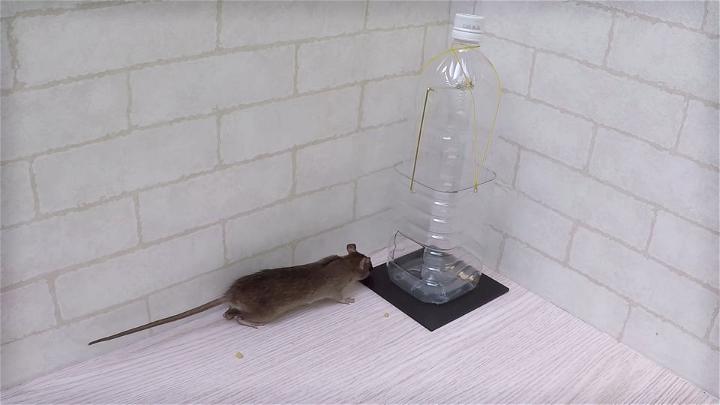
With two water bottles, you can make a gentle mouse trap. This approach is not only eco-friendly but also non-lethal, ensuring mice are caught unharmed and ready for relocation.
15. Upcycled Water Bottle Mouse Trap
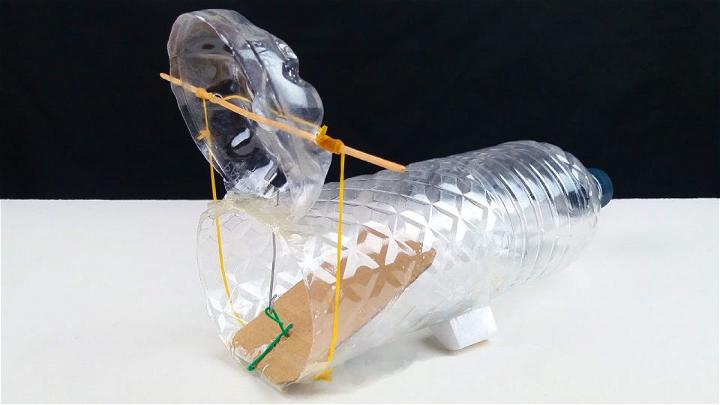
Turn an old water bottle into a clever mouse trap. This upcycled solution is perfect for those looking to tackle mouse problems sustainably. It's a smart way to reuse, reduce waste, and resolve pest issues.
16. Gallon Bucket Rat Trap

A gallon bucket offers a fantastic base for making an efficient rat trap. Easy to set up, this method can catch multiple rodents overnight, significantly reducing your rat population in a humane manner.
17. Mouse Trap With Glue
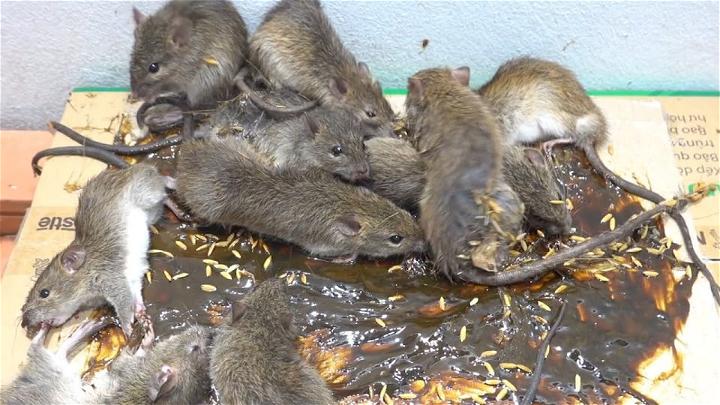
Using glue in a mouse trap provides a non-violent way to catch these tiny visitors. While it holds them in place, it's important to check frequently and use eco-friendly glue for a safe release. youtube
18. Mouse Trap Made From a Plastic Bottle
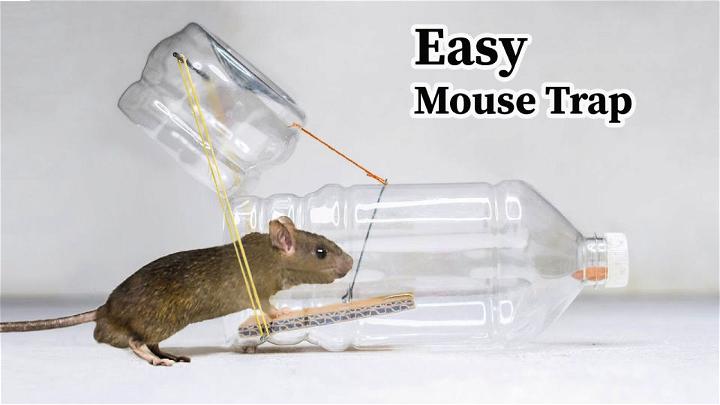
A plastic bottle provides the perfect foundation for a DIY mouse trap. Ingeniously simple, it can be fashioned in minutes, offering an effective solution to catch mice without causing them harm.
19. Peanut Butter Bucket Mouse Trap
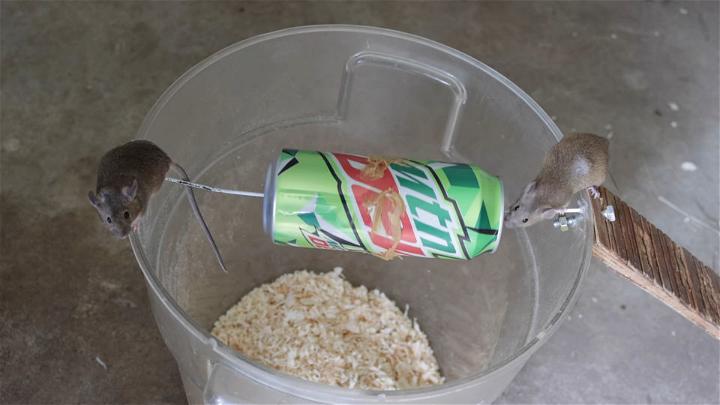
Utilize the irresistible allure of peanut butter in a bucket mouse trap for an effective solution. Mice are drawn in by the scent, making this an efficient way to catch them with minimal effort.
20. The Toilet Paper Roll Mouse Trap
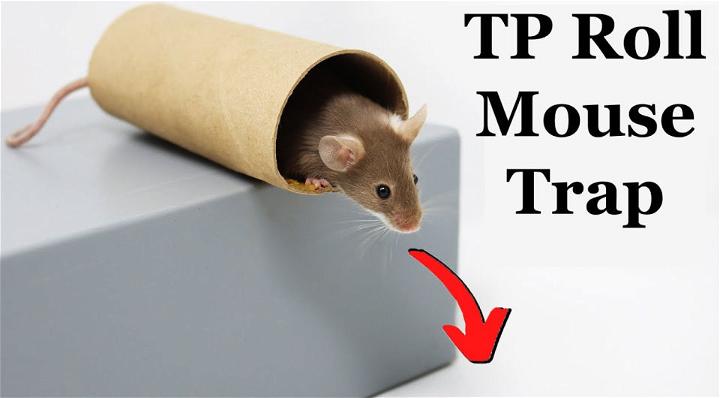
A toilet paper roll can become an innovative, eco-friendly mouse trap. This clever use of household items not just offers a cost-effective solution but also contributes to environmentally conscious pest control efforts.
21. DIY Volt Electric Mouse Trap
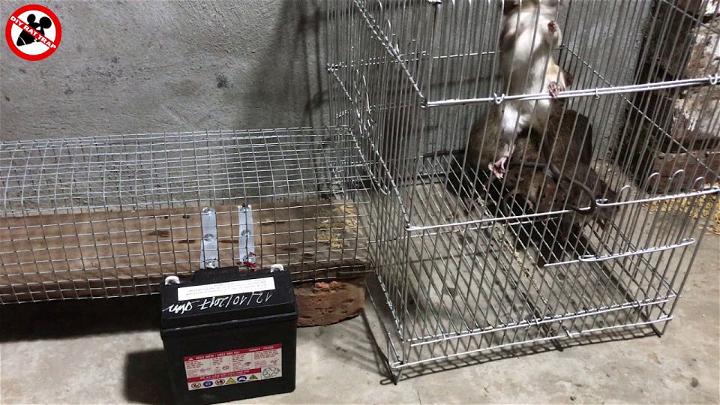
Ever thought of leveraging a bit of electrical magic to catch those pesky rodents? A DIY volt electric mouse trap uses a battery to gently zap mice without harmful chemicals. It's efficient, humane, and you can easily set it up with simple household items. Plus, it's reusable!
22. Mousetrap With Scrap
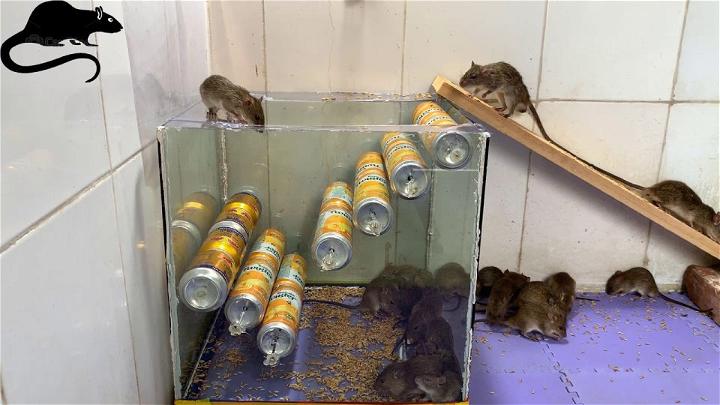
Don't toss out those scraps just yet! A mousetrap made from scrap materials not only gives those bits and bobs a new purpose but also offers an eco-friendly solution to your rodent woes. It's creative, cost-effective, and proves that a little ingenuity goes a long way in pest control. youtube
23. Best Homemade Electric Mouse Trap

For an effective, no-fuss rodent solution, the best homemade electric mouse trap is your go-to. Utilizing common household tools and a bit of electrical know-how, you can make a safe space for catching those sneaky mice. It's a brilliant blend of simplicity and efficiency wrapped up in one homemade device.
24. Mouse Trap From Cardboard

Think cardboard, think mouse trap! Building a mouse trap from cardboard is not only an exercise in sustainability but also in creativity. This design involves folding and cutting, resulting in a lightweight, disposable trap. It's perfect for a quick, cost-efficient fix to a temporary mouse problem.
25. Creative Mouse Trap With a Plastic Box
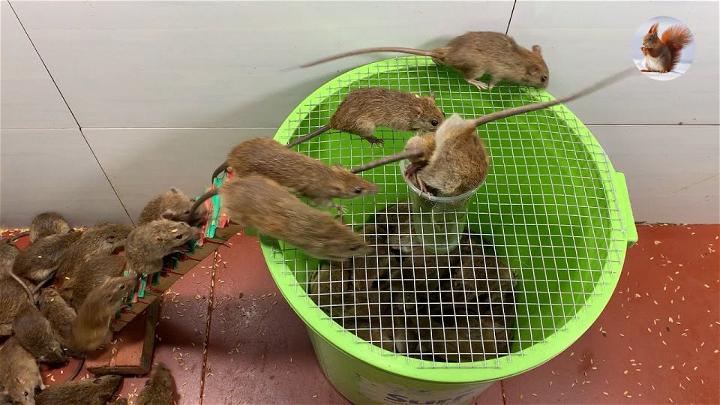
A plastic box can be more than just storage; it can transform into a clever mouse trap. The transparent nature allows you to monitor the trap without disturbing it, and it's incredibly versatile with a touch of creativity. This approach is reusable, easy to clean, and surprisingly effective.
Conclusion:
Wrapping up the homemade DIY mouse trap guide, you now have the tools and knowledge to effectively tackle any unwanted rodent visitors in your home. By following the step-by-step instructions and utilizing simple household items, you can make a cost-effective and humane solution to this common problem. Say goodbye to pesky mice with your homemade mouse trap!







